Renaissance
The Renaissance marked a cultural rebirth that transformed European art. Artists rediscovered classical learning, developed linear perspective, and achieved unprecedented naturalism. This period produced some of history's greatest masterpieces and established principles that shaped Western art for centuries.
Historical Context
Beginning in Florence and spreading throughout Europe, the Renaissance saw the revival of classical scholarship, humanist philosophy, and scientific inquiry. Wealthy patrons like the Medici family supported artists, while the printing press disseminated ideas across the continent.
Key Characteristics
- Development of linear perspective and spatial depth
- Emphasis on anatomical accuracy and naturalism
- Revival of classical themes and mythology
- Use of sfumato and chiaroscuro techniques
- Integration of humanist philosophy and religious themes
Related Art Movements
Explore Renaissance Artworks
10,000 artworks from 1400-1600 available in our collection

Virgin and Child with Saint Anne Presenting Anna van Nieuwenhove
Master of the Saint Ursula Legend
1479–82

Ferdinando II de' Medici (1610–1670) as a Boy
Justus Sustermans
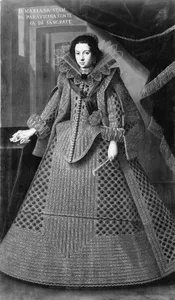
Doña Marianna Stampa Parravicina (born 1612), Condesa di Segrate
Spanish Painter
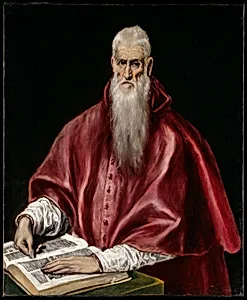
Saint Jerome as Scholar
El Greco (Domenikos Theotokopoulos)
ca. 1610
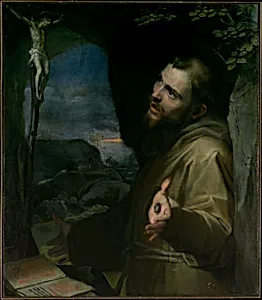
Saint Francis
Federico Barocci
ca. 1600–1604
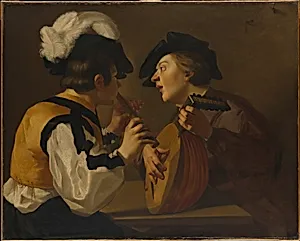
Two Musicians
Dutch (Utrecht Caravaggist) Painter, 17th century
17th century
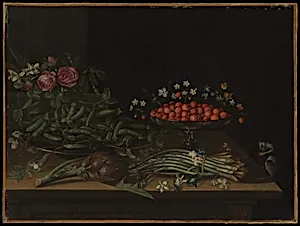
Still Life with Strawberries
French Painter
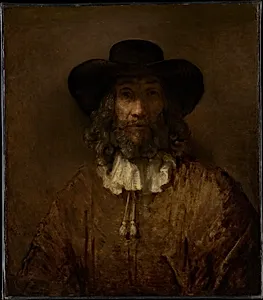
Man with a Beard
Rembrandt

The Adoration of the Shepherds with Saint Catherine of Alexandria
Cigoli (Ludovico Cardi)
1599
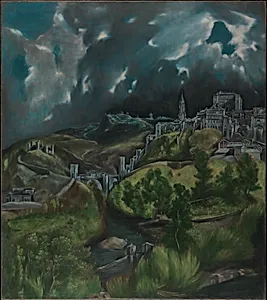
View of Toledo
El Greco (Domenikos Theotokopoulos)
ca. 1599–1600
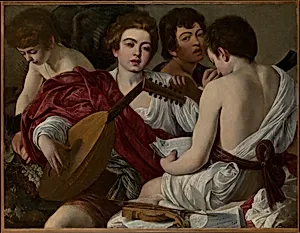
The Musicians
Caravaggio (Michelangelo Merisi)
1597
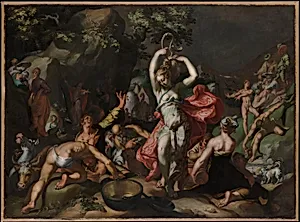
Moses Striking the Rock
Abraham Bloemaert
1596
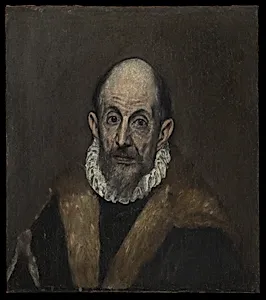
Portrait of an Old Man
El Greco (Domenikos Theotokopoulos)
ca. 1595–1600
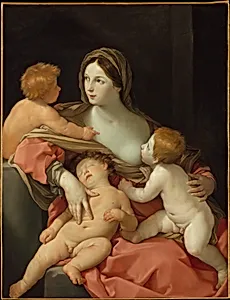
Charity
Guido Reni
ca. 1630

The Coronation of the Virgin
Annibale Carracci
after 1595
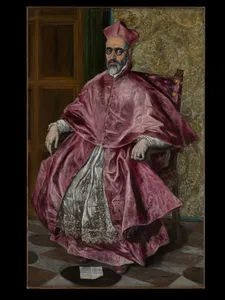
Cardinal Fernando Niño de Guevara (1541–1609)
El Greco (Domenikos Theotokopoulos)
ca. 1600

Madonna and Child with Saints Francis and Dominic and Angels
Giulio Cesare Procaccini
ca. 1612
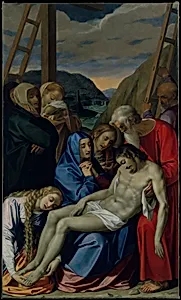
The Lamentation
Scipione Pulzone (Il Gaetano)
1593
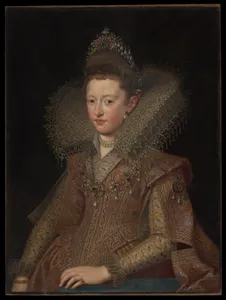
Margherita Gonzaga (1591–1632), Princess of Mantua
Frans Pourbus the Younger
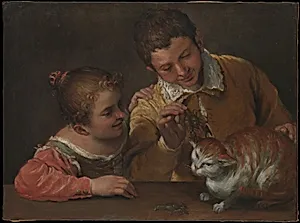
Two Children Teasing a Cat
Annibale Carracci

The Baptism of Christ
Jacopo Bassano (Jacopo da Ponte)
ca. 1590
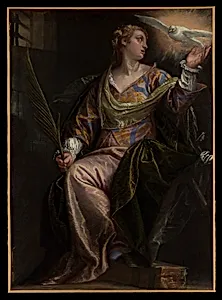
Saint Catherine of Alexandria in Prison
Paolo Veronese (Paolo Caliari)
ca. 1580–85

Doge Alvise Mocenigo (1507–1577) Presented to the Redeemer
Jacopo Tintoretto (Jacopo Robusti)
probably 1577
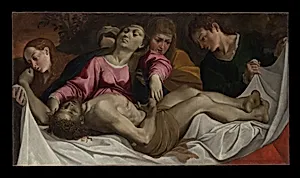
The Lamentation
Ludovico Carracci
ca. 1582
Showing 24 of 10,000 artworks
View All 10,000 Artworks from Renaissance →Explore Other Periods
Ancient Egypt
3000 BCE - 30 BCE
Ancient Egyptian art spans over three millennia, representing one of humanity's longest continuous artistic traditions. From the pyramids of Giza to the treasures of Tutankhamun's tomb, Egyptian artists created works of extraordinary beauty and symbolic power that served religious, funerary, and political purposes.
Greek & Roman
800 BCE - 476 CE
Classical antiquity produced the artistic ideals that shaped Western civilization. Greek artists pioneered naturalistic human representation, while Romans excelled in portraiture, engineering, and monumental architecture. Together, they established standards of beauty, proportion, and artistic excellence that artists would return to for millennia.
Medieval
500-1400
Medieval art encompasses nearly a thousand years of artistic production, from the fall of Rome to the dawn of the Renaissance. This period saw the development of Byzantine mosaics, Romanesque monasteries, Gothic cathedrals, and illuminated manuscripts—all serving primarily religious purposes with a focus on spiritual rather than naturalistic representation.